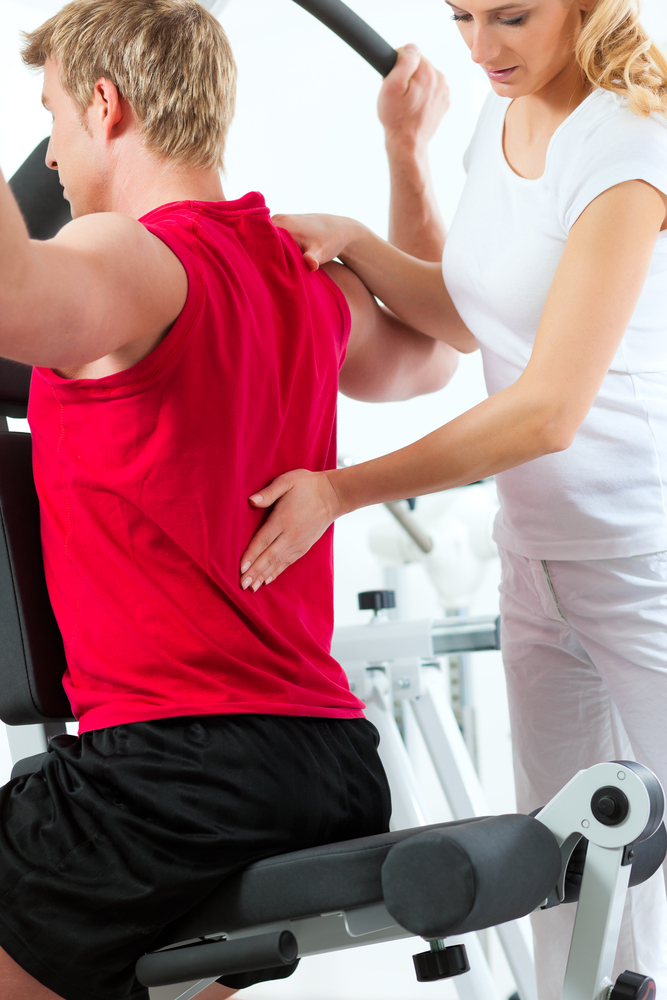BETTER BODIES HEALTH
Physical Therapy and Balance Center
Outpatient physical therapy clinics specialize in orthopedic and sports injury rehab and recovery, balance and vestibular rehabilitation, and pelvic floor restoration therapies. These facilities offer a whole-person, integrated treatment approach performed by a select team of physical therapists and other healthcare professionals.

Sports Rehab and Orthopedics
Youth, collegiate-level, elite, or professional athletes need physical therapists with experience rehabilitating sports-related injuries when they are injured. Athletes put higher demands on their muscles and joints. They require sport-specific training to recover their speed, power, and agility. Physical therapists have many years of experience rehabilitating athletes with the following issues:
- Post-surgical rehabilitation of the shoulder, spine, hip, knee, and ankle
- Shoulder capsule and rotator cuff injuries
- Muscle strains
- Ligament sprains
- ACL, PCL, LCL, or MCL rehabilitation
- Tendonitis or bursitis
- Post-fracture rehabilitation
- Overhead sports injuries (swimming, throwing, etc.)
- Gymnastics injuries
- Running and cycling injuries
Balance and Vestibular Rehabilitation
There are more than a dozen causes of dizziness and many reasons why people, young and old, might have difficulty with their balance. Treatment of dizziness, vertigo, and balance disorders can be very complicated. Nevertheless, physical therapists can help individuals cope with or recover from these conditions. If a doctor determines that a health condition or medication is not to blame for the balance issue, balance disorder experts can help by strengthening and stabilizing the musculoskeletal system. Physical therapists can help people with balance issues improve their strength and coordination. This often helps to lower the risk of falling and getting hurt during routine activities, or of re-injury.
Pelvic Floor Therapy
Physical therapists take a whole person and a collaborative approach to treat patients with pelvic floor conditions successfully. With extensive coursework and experience in the focus of pelvic floor health, they can address patients’ issues as they move through various stages of their lives effectively.
Therapists offer treatment for the following:
- Postpartum incontinence
- Urinary incontinence
- Fecal incontinence
- Rectal pain syndromes
- Vulvar pain syndromes
- Pre and postpartum musculoskeletal dysfunctions (including pelvic muscle weakness, back pain, episiotomy scar, and diastases)
- Prolapse issues
- Post-prostatectomy
- Osteoporosis
- Fibromyalgia
- Constipation
- Back pain
- Pelvic pain
Treatment typically varies depending upon the needs of the patient but may include:
- Evaluation and assessment
- Bladder training
- Urge suppression techniques
- Autonomic quieting
- Biofeedback for pelvic floor and the associated muscles
- Addressing musculoskeletal dysfunction and movement imbalances
- Improving body posture, body mechanics, and appropriate breathing
- Employing pelvic floor exercises and diaphragmatic breathing
- Performing manual therapy and soft tissue mobilization to pelvic floor muscles
- Using vaginal dilators
- Teaching toileting postures and mechanics
- Patient education
Restore. Rejuvenate. Rejoice

People with physical therapy needs for these disorders require the help of knowledgeable and experienced rehabilitation therapists to cope with their issues. Fitness and general wellness benefits come from the knowledge and approach to injury prevention physical therapists can provide. Thus, exercise is made safer and more effective. In each circumstance, therapists can conduct a personalized evaluation of the condition and then develop an individualized treatment plan. Afterward, wellness programs transition a patient from hands-on physical therapy to a customized exercise program that improves their overall fitness level while continuing to give attention to the injured area.
Recent Posts
-
 What Are My Options For Divorce?April 17, 2024/0 Comments
What Are My Options For Divorce?April 17, 2024/0 Comments
